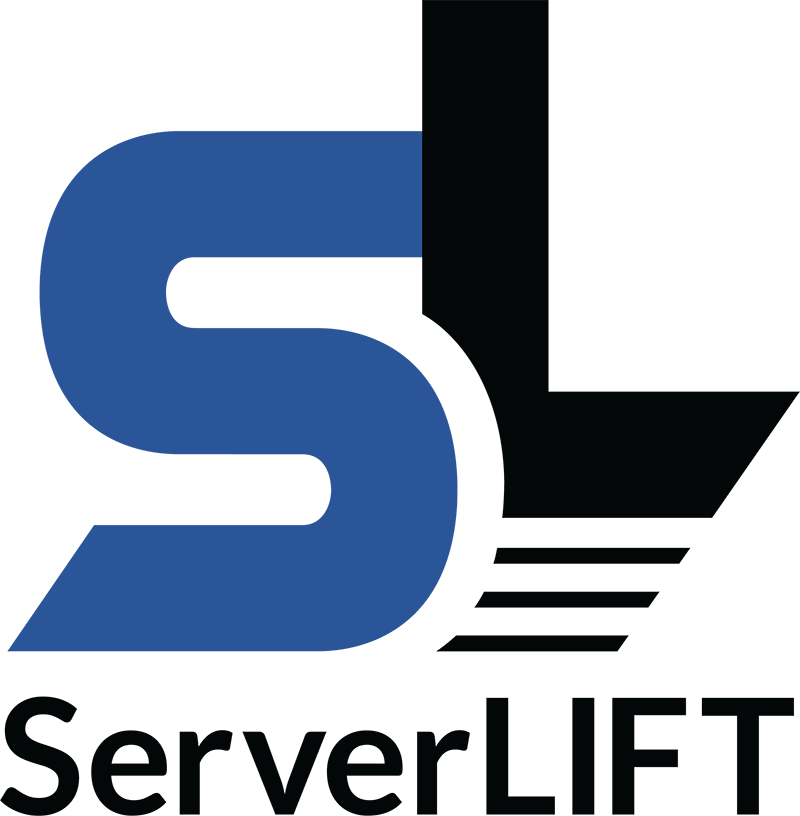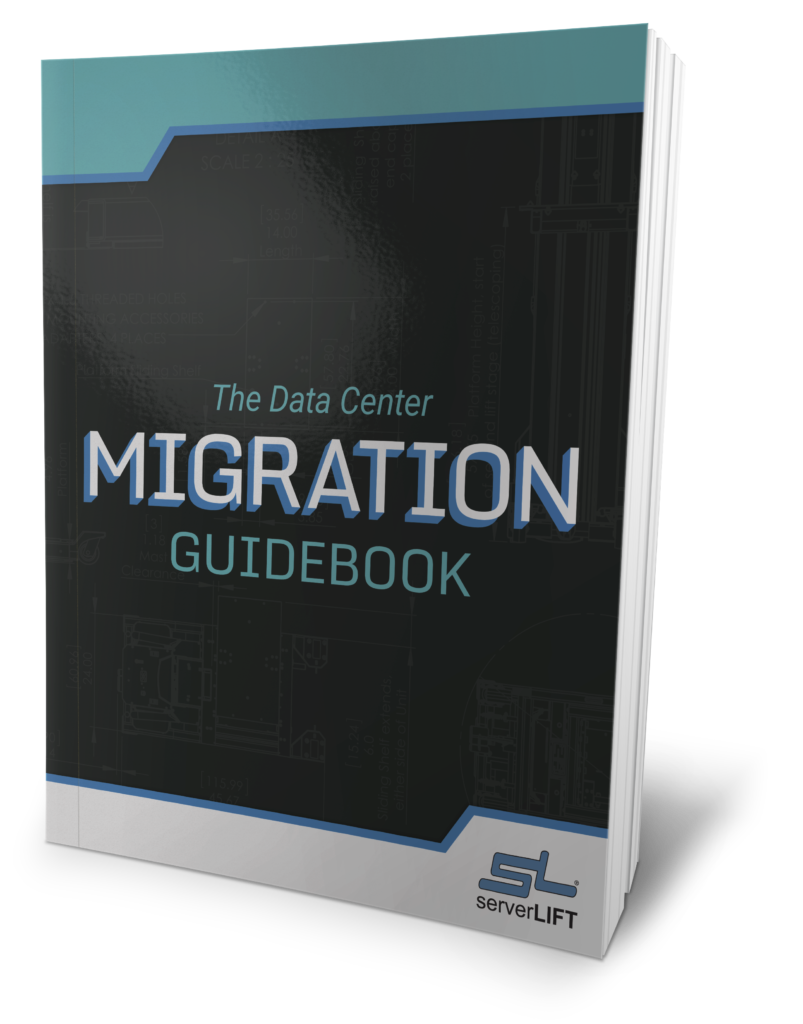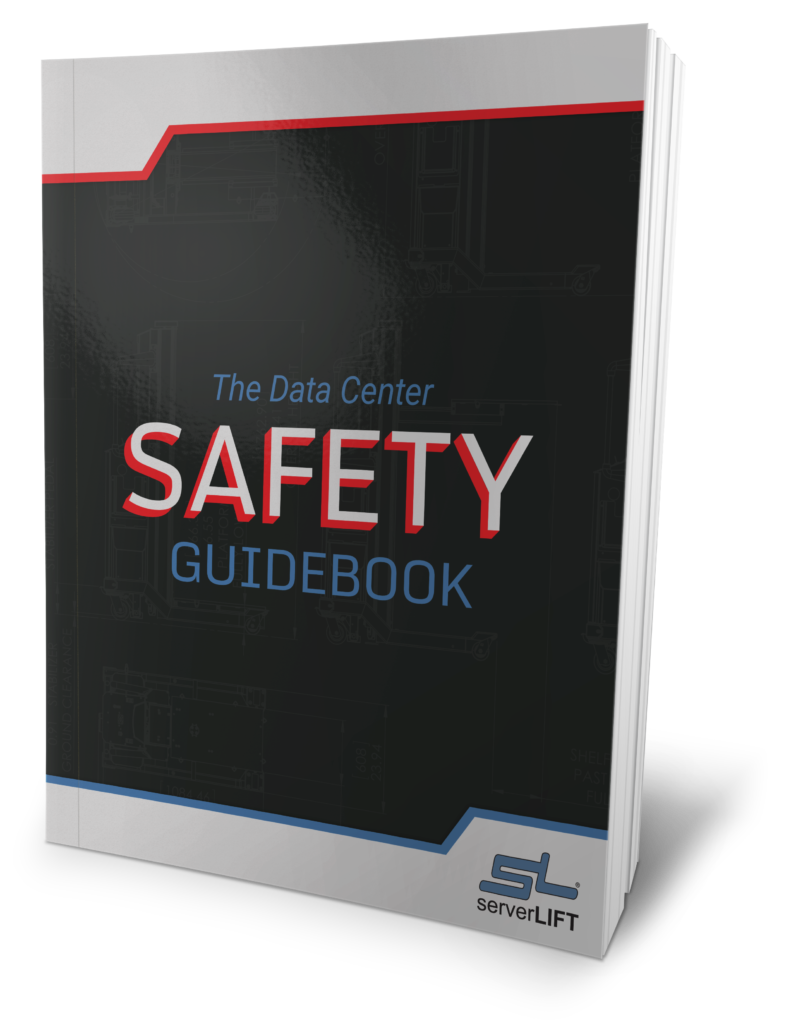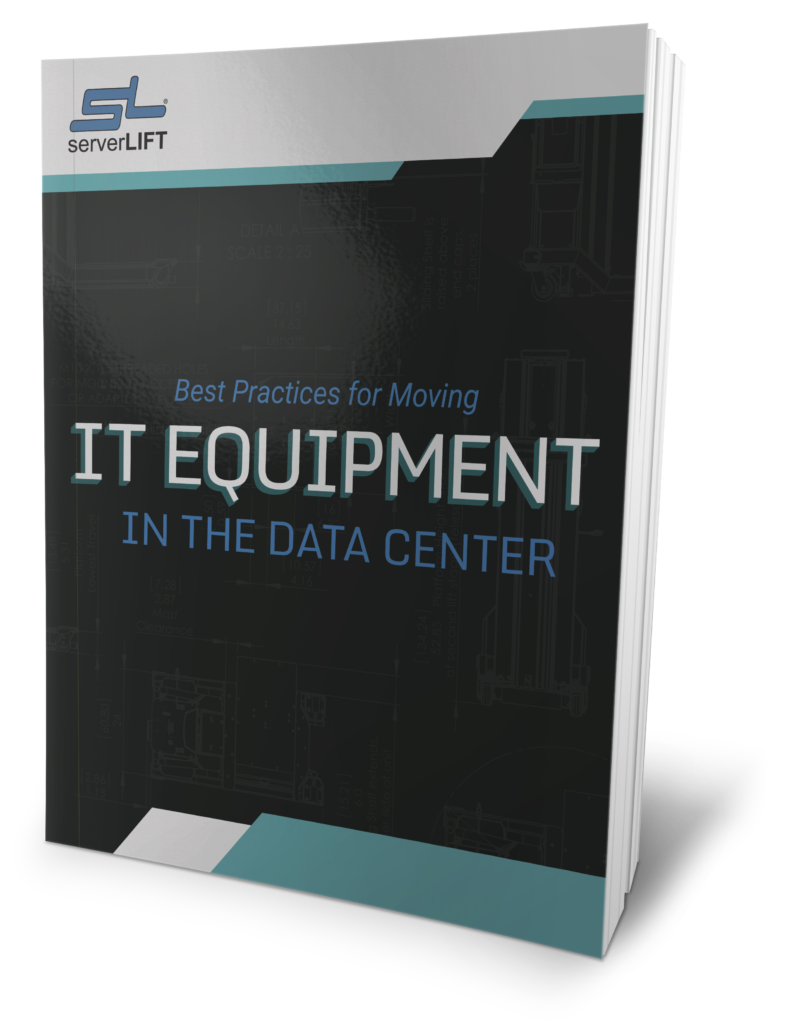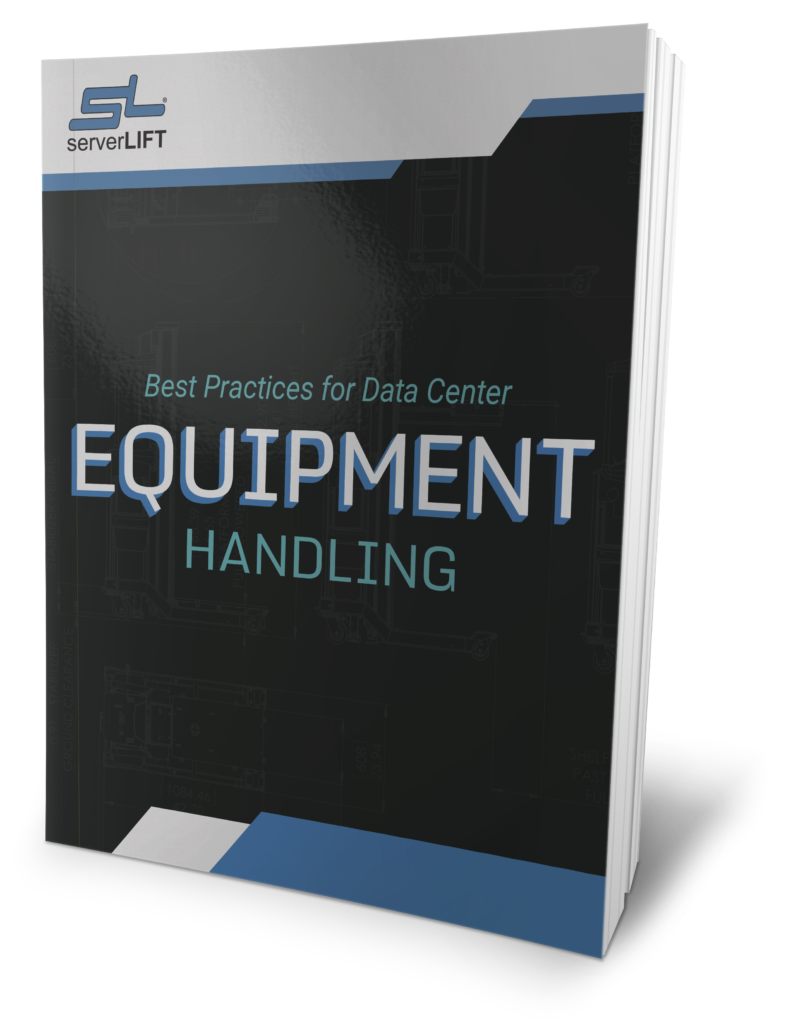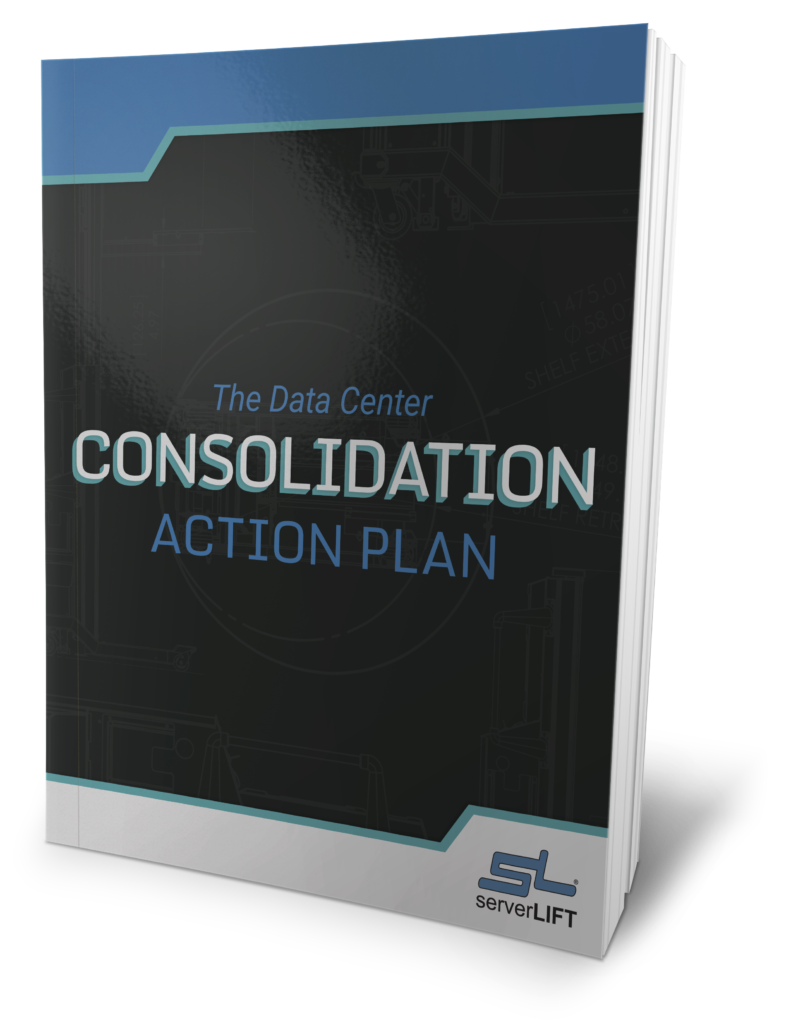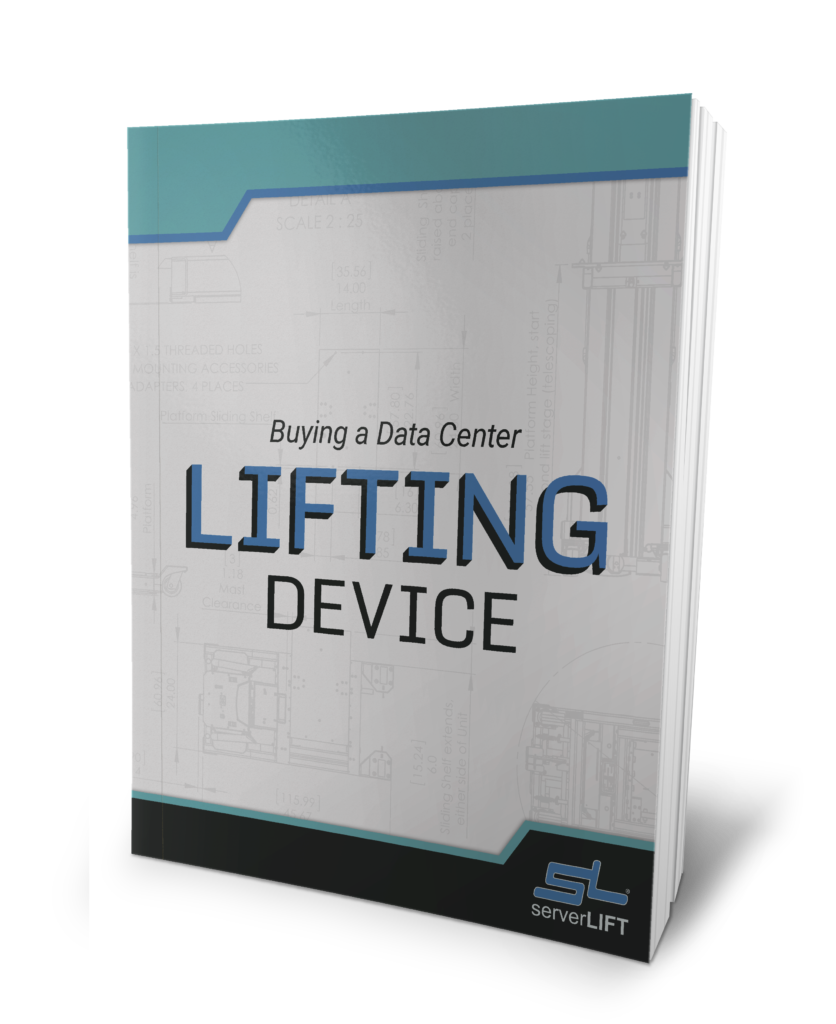The electrical distribution system that data centers use to distribute power to the electronic devices around a facility accounts for about 10 to 12 percent of total energy usage. As core units in the data center’s electrical distribution system, power distribution units (PDUs) account for most of that energy usage.
Since PDUs represent a significant portion of a data center’s total electricity usage, they should be optimized for energy efficiency. Replacing outdated PDUs with more efficient PDUs could significantly lower power bills. Additionally, widespread energy efficiency has beneficial impacts on the environment.
How do you achieve increased data center PDU energy efficiency without having to redesign much of your infrastructure? Upgrade older PDUs with energy-efficient PDUs.
Basic PDUs Versus Smart PDUs
All data center power distribution was once handled by basic PDU devices that simply sent power to supply racks all around the facility without any steps in between.
Today, many data centers use smart PDUs equipped with additional technology that can monitor— and sometimes even intelligently manage—power usage.
All PDUs with capabilities beyond the “basic” ones are considered “smart,” but not all smart PDUs perform the same functions.
Let’s break down the differences between the common types of PDUs so you know which types might best fit your data center’s needs.
Basic PDUs
If you’ve been in the data center business for a long time, basic PDUs are the ones you probably started out using. They are commercial power strips that supply electricity to the rack and its components through a series of multiple outlets. Simply plug in all the data center components.
Basic PDUs are affordable and they are easy to set up and maintain. However, as we’ll discuss shortly, they’re not as efficient as the smart PDU options below. This inefficiency will quickly outweigh the up-front cost savings, making them a poor choice for modern data centers with better options available.
Metered PDUs
Metered PDUs contain a current meter that measures the power consumption at a local level. They display the current load of the equipment plugged into the PDU, but they don’t measure the loads of other devices or connect to a broader monitoring system because they don’t have a way to connect to a data network.
Metered PDUs are the first step toward fine-tuning power usage, but since they have no way to record or transmit the data they’re displaying, someone would need to walk around and make periodic checks to see your usage in real time. If something changed five minutes after they checked, a metered PDU would display the changes live, but there would be no way to know. Since there’s no historical data recorded by the device, operators wouldn’t know if major spikes were occurring unless they happened to see them in real time.
Monitored PDUs
Think of monitored PDUs as metered PDUs that you can monitor remotely over a data network connection. They keep track of historical data and power usage trends, which operators are able to see on their central monitoring systems. The data they collect is more robust, and frequently includes the voltage, load levels, and current frequency being transmitted to data center equipment.
Most monitored PDUs can be configured to sound an alarm if usage rises or falls below a set threshold, if the PDU is approaching its total capacity, or if the PDU detects a significant temperature increase that signals imminent trouble. If operators hear an alarm, they’ll know something is happening at that moment, and they can respond to it much more quickly than they could with a basic or a metered PDU.
Consistent monitoring with historical data can also help operators identify when unnecessary equipment is hogging power. For example, they might see a trend where a particular server is running at a quarter of its peak capacity. They can offload that server’s functions to other equipment and then shut the unused server down.
There are both wired and wireless options for monitored PDUs. Wired connections are more reliable, but wireless options are less expensive to operate because network cables don’t need to be purchased and run for every single PDU in the data center. Unless constant, uninterrupted wired connections are crucial to the operation, it’s better to opt for a wireless version.
Switched PDUs
Switched PDUs do everything that monitored PDUs do, but they also help manage power usage. With the lower tiers of smart PDUs, data center operators are responsible for noticing anomalies and responding to problems.
Switched PDUs not only notify operators that there might be something wrong and provide remote methods of fixing the issue, they also allow them to turn outlets on and off individually to control loads and reduce wasted power.
Switched PDUs are great if your goals are to reduce electricity waste, mitigate the possibility for human error, and micro-manage your outlets for optimal control over your data center’s power usage. However, there is a steeper up-front price for these benefits. Many data centers experience sticker shock when they upgrade to switched PDUs, especially if they’re accustomed to purchasing basic PDUs.
But the advanced control and efficiency that switched PDUs offer generally makes up for the initial cost. Unless a data center was already taking extensive steps to control its electrical distribution system’s power usage using older equipment, switched PDUs will reduce energy waste and create a positive return on investment quickly. You may be surprised at how much energy can be saved by controlling electrical load on a rack-by-rack basis, or even an outlet-by-outlet basis.
Other Benefits Of Smart PDUs
The increased control over power loads is the primary reason why most data centers should consider the switch from basic to smart PDUs, but it’s not the only reason.
Smart PDUs adhere to more modern environmental sustainability guidelines, which means they’re more efficient than basic PDUs even without any additional capabilities and configurations. That alone can translate to energy and cost savings.
When servers and other sensitive hardware are kept at consistently optimal power levels, they last longer and perform better than comparable equipment that endures undiagnosed dips and spikes over the course of their lifetimes. This keeps the data center running at peak efficiency, naturally reducing downtime and failures that would otherwise come at a significant cost.
The advanced monitoring capabilities provided by smart PDUs also gives data centers more insight into their equipment. Using this information, they are able to pinpoint problems with the data center’s electrical systems, early on. This will prevent unnecessary downtime because warnings begin before issues become critical. Even when forced to purchase replacement parts or hardware, the benefit of advance knowledge before the system crashes is there and is significant.
Finally, smart PDUs help to better utilize the resources a data center already has. When upgrading capacity, at least a portion of the difference can be made up by ensuring that each PDU is optimized for the new infrastructure. Rather than having to buy new equipment every time there is an upgrade, the useful lifetimes of existing equipment can be lengthened. In some cases, one might only need to rearrange equipment to different PDU outlets to allow for a higher power capacity.
